Timber, Noise, and Hearing Loss: A Look into the Forestry and Logging Industry
We use our senses for many things. Take away or weaken one, such as hearing, and many things around us begin to change. Unexpectedly, the conversation across the room becomes more difficult to hear. Our favorite song on the radio doesn’t sound quite the same. This can become very frustrating for the person affected.
Hearing loss is common, especially among workers who are exposed to hazardous noise where they work. What exactly is “hazardous noise”? Noise is considered hazardous when it reaches 85 decibels (dBA) or more. In other words, when a person needs to raise his/her voice to speak with someone at arm’s length or about 3 feet away, a person is likely being exposed to noise that can potentially damage his/her hearing over time. This exposure to hazardous noise and/or chemicals that can damage hearing may lead to hearing loss linked to the workplace, also known as occupational hearing loss.
The risk of developing hearing loss varies by industry. The National Institute for Occupational Safety and Health (NIOSH) recently looked at one particular industry sector in its paper: Prevalence of hearing loss among noise-exposed workers within the Agriculture, Forestry, Fishing, and Hunting sector, 2003-2012. This study looked at the number of workers in this industry sector that had a material hearing impairment, which is hearing loss that interferes with understanding speech. We’ll call it hearing loss in this blog.
Agriculture, Forestry, Fishing, and Hunting is among the top industry sectors for worker exposure to hazardous noise that can contribute to hearing loss (37% exposed vs. 25% for all industries combined). Hearing loss within Forestry and Logging, an industry within this sector, is more pervasive. Noise-exposed workers in Forestry and Logging had a higher percentage of hearing loss (21%) than all noise-exposed industries combined (19%). To put this into perspective, a different study found that only 7% of non-noise-exposed workers reported hearing difficulty. Worker tasks in Forestry and Logging include:
- managing forest nurseries
- tending to timber tracts (plots of land selected for collecting timber)
- gathering forest products
- harvesting standing trees for timber
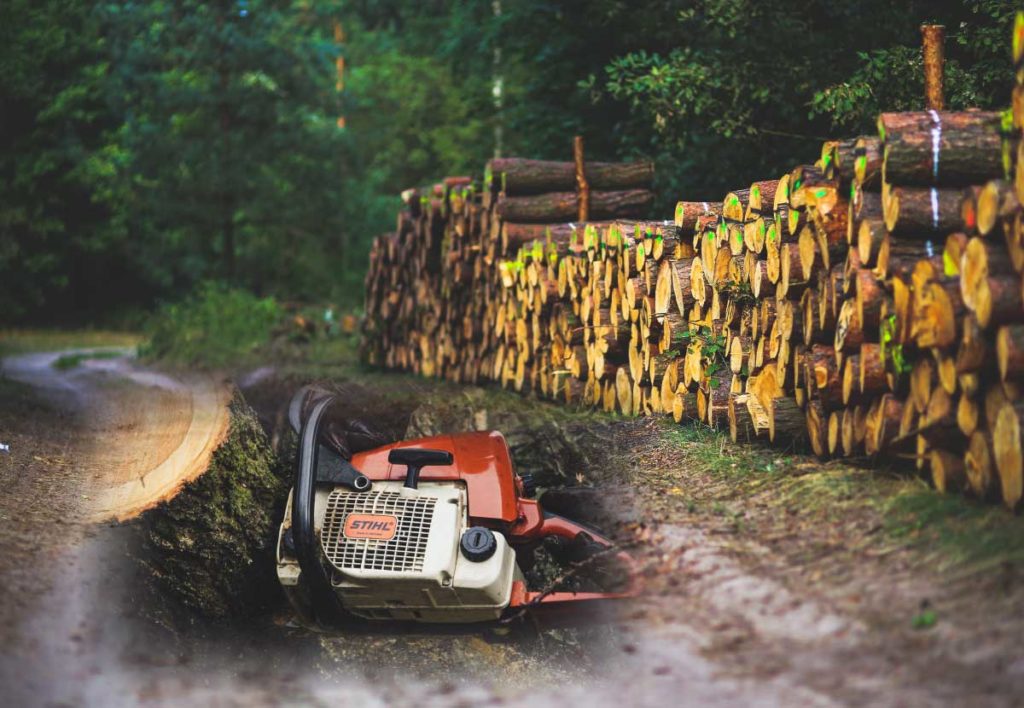
Activities associated with these tasks, such as unlatching cables used to hold and move logs (92 dBA) and the use of chainsaws (91-110 dBA), represent some of the highest noise exposures to this industry’s workers, and overall average exposures in some occupations have been shown to range from 97-102 dBA. These noise exposures, among others, contribute to the elevated prevalence of hearing loss seen in this industry.
Within Forestry and Logging, Forest Nurseries and Gathering of Forest Products had the highest prevalence of hearing loss (36%). This represents the highest prevalence within Agriculture, Forestry, Fishing, and Hunting.
Fortunately, there are effective methods for preventing worker hearing loss from noise. Reducing the noise, preferably at the source, is always the first and best step. To further reduce worker exposure to hazardous noise and minimize hearing loss within Forestry and Logging, this industry can:
- Enclose engines and heavy equipment workstations to contain the noise
- Install silencers and mufflers on equipment
- Reduce exposure time for workers operating noisy equipment
- Perform maintenance of hand tools and vehicle systems
- Ensure that workers consistently wear properly-fitted hearing protection every time they are in noisy areas or using noisy equipment
- Make sure that employees receive regular monitoring for changes in their hearing, so that additional measures to limit the progression of any detected hearing loss can be taken
There are also activities within Forestry and Logging that can expose workers to vibration, which may also contribute to the risk of hearing loss through suspected changes to the blood-flow within the inner ear. Vibration exposure can be reduced through routine maintenance of equipment and the use of anti-vibration chainsaws and gloves.
Visit our website for more information on occupational hearing loss surveillance and links to resources to protect worker hearing.
If you work in this industry, please share your experiences with reducing noise and improving worker safety and health.
SOURCE




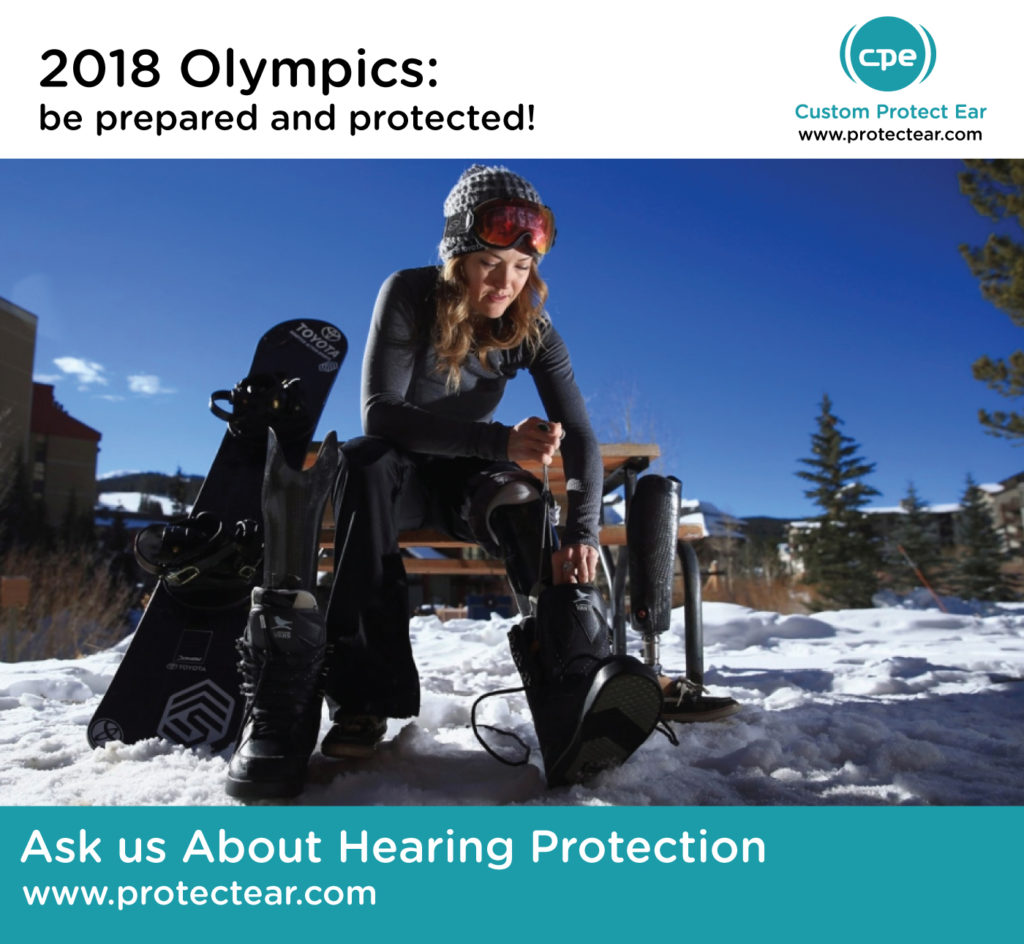

 organizational environment, or economic hardships. Stress in the workplace is an ongoing trend that seems to impact employees and employers in all workplace settings.
organizational environment, or economic hardships. Stress in the workplace is an ongoing trend that seems to impact employees and employers in all workplace settings. frequently, utilizing innovations for capturing that feedback, and acting to drive engagement based on those results. In 2016 & 2017 more organizations implemented some sort of Employee Engagement program to capture the employee voice and concern through a series of quantitative surveys and continuous listening/pulse surveys and examining passive data for employee opinions and behaviors. As the workforce shifts from one generation to the next, we will see an increase in Employee Engagement and Feedback.
frequently, utilizing innovations for capturing that feedback, and acting to drive engagement based on those results. In 2016 & 2017 more organizations implemented some sort of Employee Engagement program to capture the employee voice and concern through a series of quantitative surveys and continuous listening/pulse surveys and examining passive data for employee opinions and behaviors. As the workforce shifts from one generation to the next, we will see an increase in Employee Engagement and Feedback.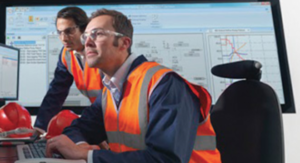 lasting implications for organizational culture and management. Millennials and later generations have reshaped the workplace in a multitude of ways and will continue to push boundaries and redefine expectations as they take on a more prominent role within organizations. Organizations may need to continue to redesign jobs and workspace to accommodate Millennials.
lasting implications for organizational culture and management. Millennials and later generations have reshaped the workplace in a multitude of ways and will continue to push boundaries and redefine expectations as they take on a more prominent role within organizations. Organizations may need to continue to redesign jobs and workspace to accommodate Millennials.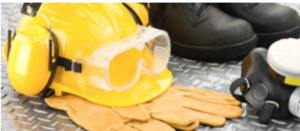 Safety Engineer.
Safety Engineer.
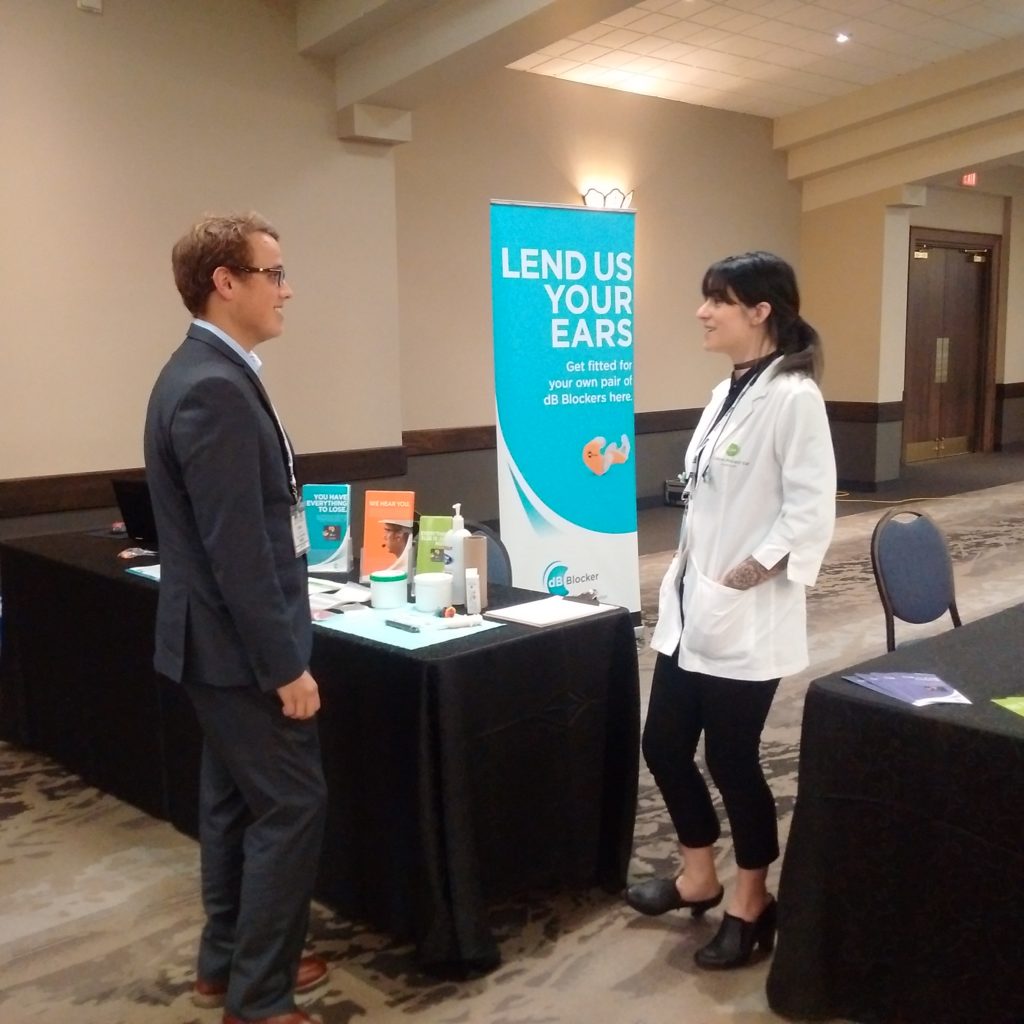
 Between turkey dinners and family reunions, Canadian Thanksgiving — which falls on Monday — can look pretty similar to its U.S. counterpart. But in fact, part of the reason Canadians first petitioned for the holiday was to celebrate their luck at not being American.
Between turkey dinners and family reunions, Canadian Thanksgiving — which falls on Monday — can look pretty similar to its U.S. counterpart. But in fact, part of the reason Canadians first petitioned for the holiday was to celebrate their luck at not being American.